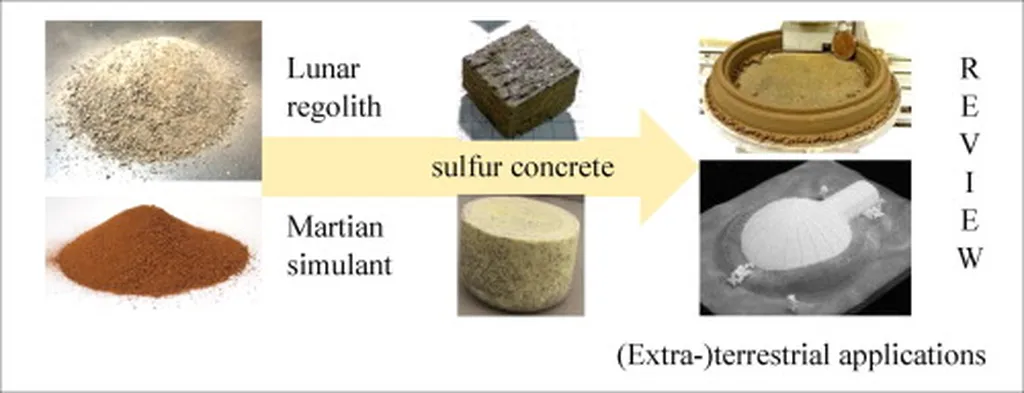In the quest for stronger, more durable construction materials, a team of researchers led by Gayatri Harshal Pathak from the Amity School of Engineering and Technology at Amity University has made a significant breakthrough. Their work, published in the journal *Discover Civil Engineering* (translated from Hindi as *Exploring Civil Engineering*), focuses on Sulphur-Infiltrated Concrete (SIC), a promising innovation that could revolutionize the construction industry, particularly in the energy sector.
Pathak and her team explored the mechanical and microstructural properties of SIC, comparing it to conventional concrete and fiber-reinforced variants. The results are striking. “We found that sulphur infiltration significantly enhances the mechanical properties of concrete,” Pathak explains. “The average strength of conventional control concrete at one day of curing and one day of oven drying was 11.13 N/mm², while the sulphur-infiltrated concrete achieved a strength of 33.43 N/mm², showing an increase of approximately 200.45%.”
The study also examined the impact of adding polypropylene (PP) fibers to the SIC mix. “The fiber-reinforced SIC showed a 164% increase in strength,” Pathak notes. This enhancement is attributed to sulphur’s ability to fill micro-voids, improve matrix density, and create additional bonding mechanisms within the concrete structure.
To understand these improvements at a microscopic level, the researchers employed Scanning Electron Microscopy with Energy Dispersive X-ray Spectroscopy (SEM-EDX) and Fourier Transform Infrared Spectroscopy (FTIR). SEM-EDX analysis revealed a uniform distribution of sulphur within the concrete matrix, forming chemical bonds with cement hydration products. FTIR spectroscopy confirmed the formation of new chemical compounds between sulphur and cement paste.
The implications for the energy sector are substantial. Stronger, more durable concrete could lead to more resilient infrastructure, particularly in harsh environments where traditional concrete might degrade more quickly. This could be a game-changer for constructing energy facilities, such as power plants and renewable energy installations, in challenging conditions.
Pathak’s research suggests that SIC could be a sustainable construction material with superior mechanical properties and durability characteristics. “This innovation has the potential to shape future developments in the field,” she says. “It offers a promising avenue for enhancing the performance of concrete structures, particularly in applications requiring high strength and durability.”
As the construction industry continues to seek materials that can withstand the test of time and environmental stress, sulphur-infiltrated concrete emerges as a compelling solution. The findings from Pathak’s study, published in *Discover Civil Engineering*, provide a solid foundation for further exploration and application of this innovative material. The research not only advances our understanding of concrete technology but also opens new possibilities for sustainable and resilient construction practices in the energy sector and beyond.

